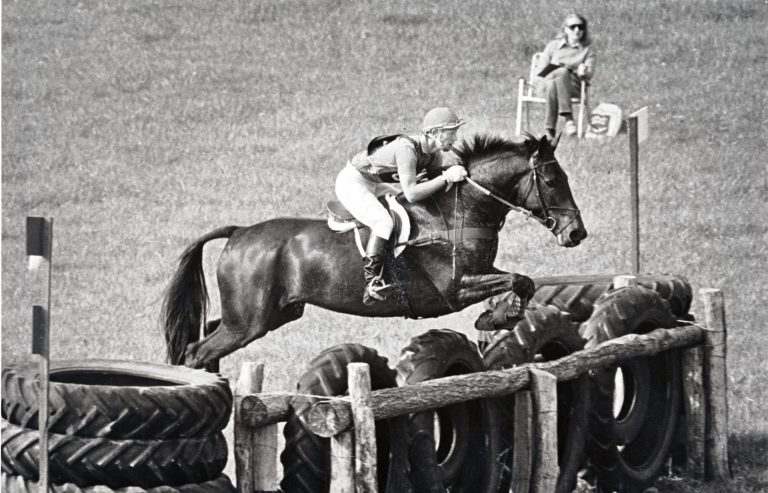Practical Horseman Associate Editor Jocelyn Pierce will be competing in the Mongol Derby, a 600-mile expedition considered the longest and toughest horse race in the world, in August. As she prepares, she’s reporting on her progress with weekly blogs here, www.JPMongolDerby.com and in Tips & Talk in Practical Horseman.
Riders in the Mongol Derby can bring only 11-pounds of gear for the duration of the 7 to 10 day race. This doesn’t include the clothes on their back and water. Still, 11-pounds isn’t much and many riders don’t opt to bring food with them.
As a vegetarian who eats seafood occasionally, this has been slightly concerning to me as I’ve been preparing for the Mongol Derby. The Mongolian nomads gets most of their nutrients from their livestock. Animal fat takes center stage, as it helps them withstand cold winters and their active and hardworking lifestyle. Dairy products like yogurt, cheese and milk are also prevalent.
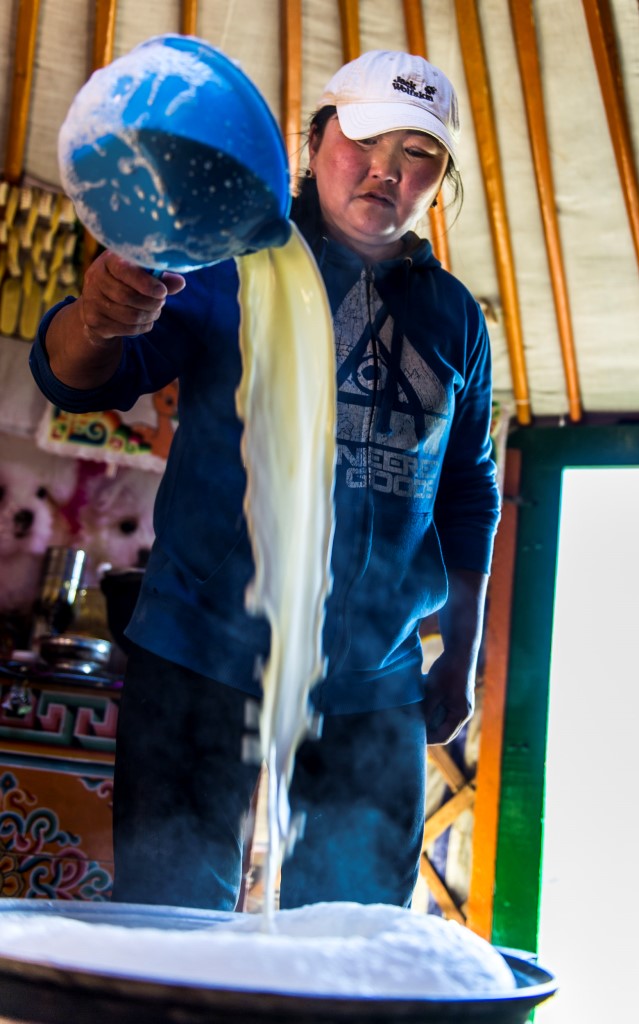
When I spoke to Derby race organizer Maggie Pattinson, who also happens to be the chef d’équipe of the England home endurance squad, she assured me that vegetarians have made it through the race before. “There will be a film of grease on everything, even tea” Maggie said, pausing for a moment to let that sink in. “I think one of the reasons people get sick is not because the food is rotten, it’s because as Westerners, we don’t eat fat and things like that. What the Mongolians offer you are the fatty lumps—the prime cut—because fat is energy and warmth. We are so not used to that. We avoid fat because it’s not good for you (apparently) and if you don’t eat fat and then you start eating it, it just goes through you. You’re not going to be having that all the time, but as a vegetarian you need to prepare in some way.”
I decided I should talk to some nutritionists about their take on preparing for the race by starting to eat meat beforehand, and if I would be able to sneak in enough nutrients through protein powders and other lightweight food that packs a high caloric punch, and I ended up learning about the proper way to fuel while training for optimum performance, too.
I worked with Natalie Gavi, a registered dietitian nutritionist who has her own practice, Gavi Nutrition in Los Angeles. A lifelong rider, Natalie sees a need for a greater understanding of proper nutrition among equestrians. “We’re athletes,” Natalie said. “Our horses are athletes. We give them everything. We make sure they’re getting the best grain, they’re on a schedule. But we tend to neglect ourselves … [Nutrition] plays a huge role in our performance and how our horses perform.” Natalie even created an individualized meal plan, based on my medical history and calorie and protein needs, to help me crush my final weeks of training.
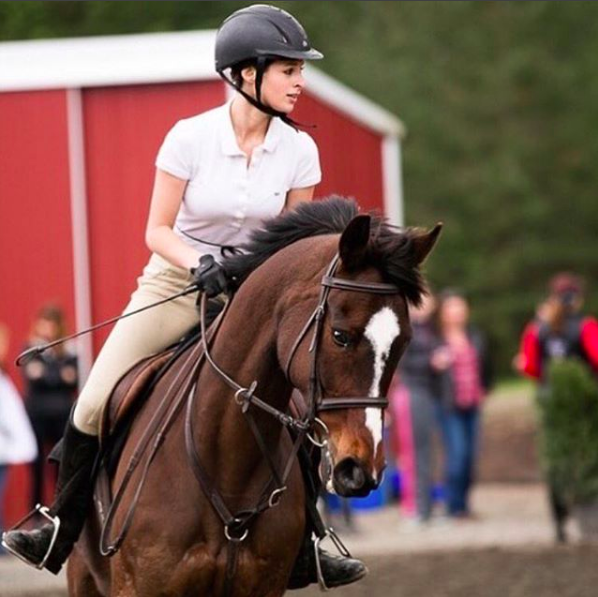
I also spoke with Aaron Owens Mayhew, also a registered dietitian nutritionist and athlete who recently transitioned to long-distance hiking. Through her company Backcountry Foodie, she specializes in meal planning geared toward outdoor explorers and long-distance hikers that focuses on getting the most nutrition and highest amount of calories packed into the least amount of weight. Aaron was incredibly helpful on narrowing down what the best food to take for weight restriction.
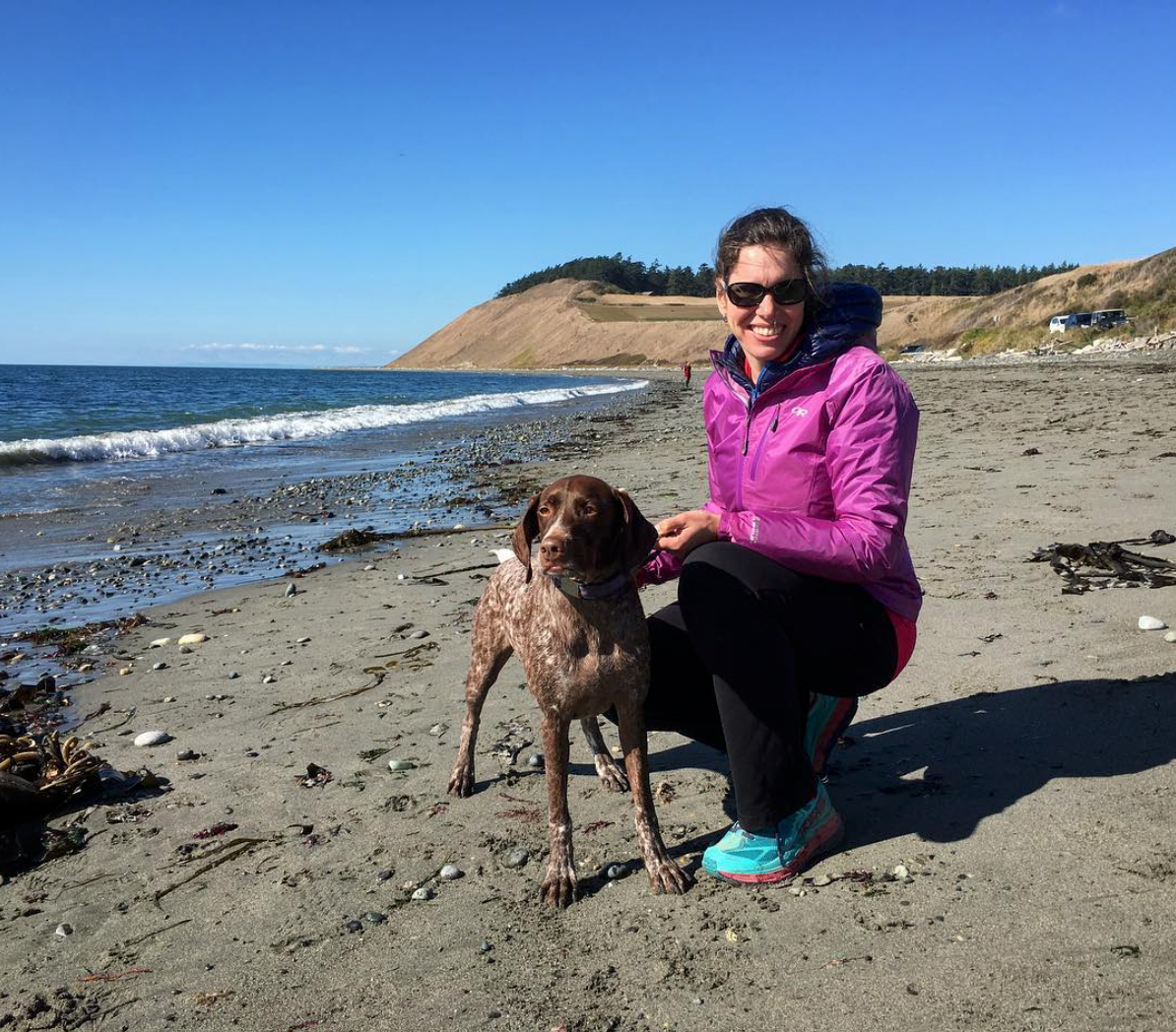
Aaron tipped me off to the website lighterpack.com which helps you track the gear you take on adventures, how much it weighs and what percentage of each category weighs (like food, clothing, first-aid supplies, etc.). I used this to total up the weight of my gear to let Aaron know how much space I would have left for food—2 pounds. Aaron admitted we were up against quite a challenge. “Two to three pounds of food for a 10-day stretch is very little food considering I pack 2 pounds of food (or 5000kcal) per day while through-hiking,” Aaron explained.
“Nuts or nut-butter packets are going to be the way to go for the trip. They provide high calories for little weight and all the macronutrients (carbs, protein and fat plus fiber) that you’re going to need to perform well over the course of event,” Aaron said. “I also think nuts are the way to go because they pack similar nutrition composition of energy bars but in a more condensed form,” she continued. “For example a small handful of nuts provides the same calories as a Luna, Clif or Lara bar which are significantly bigger and heavier.”
Natalie also suggested I take portable nut-butter packets for training rides because they are easy to eat in the saddle and are high in fat and protein.
Timing is essential for optimizing performance. Natalie said avoiding a big meal before riding, especially within an hour before, is important. “Make sure you don’t take in too much food because it takes longer to digest and can cause some GI distress—cramping, diarrhea.” Great, I thought, remembering Maggie’s cheery tidbits about the Mongolian diet of fat, fat and more fat. “[While in Mongolia] I would recommend eating a small portion of any meals provided before your ride each day, as it will probably take time for your body to get used to the local food, and simply eating too much could cause GI distress,” Natalie continued. “This is why having high calorie, fat and protein snacks such as nuts and nut butters during the ride is beneficial.”
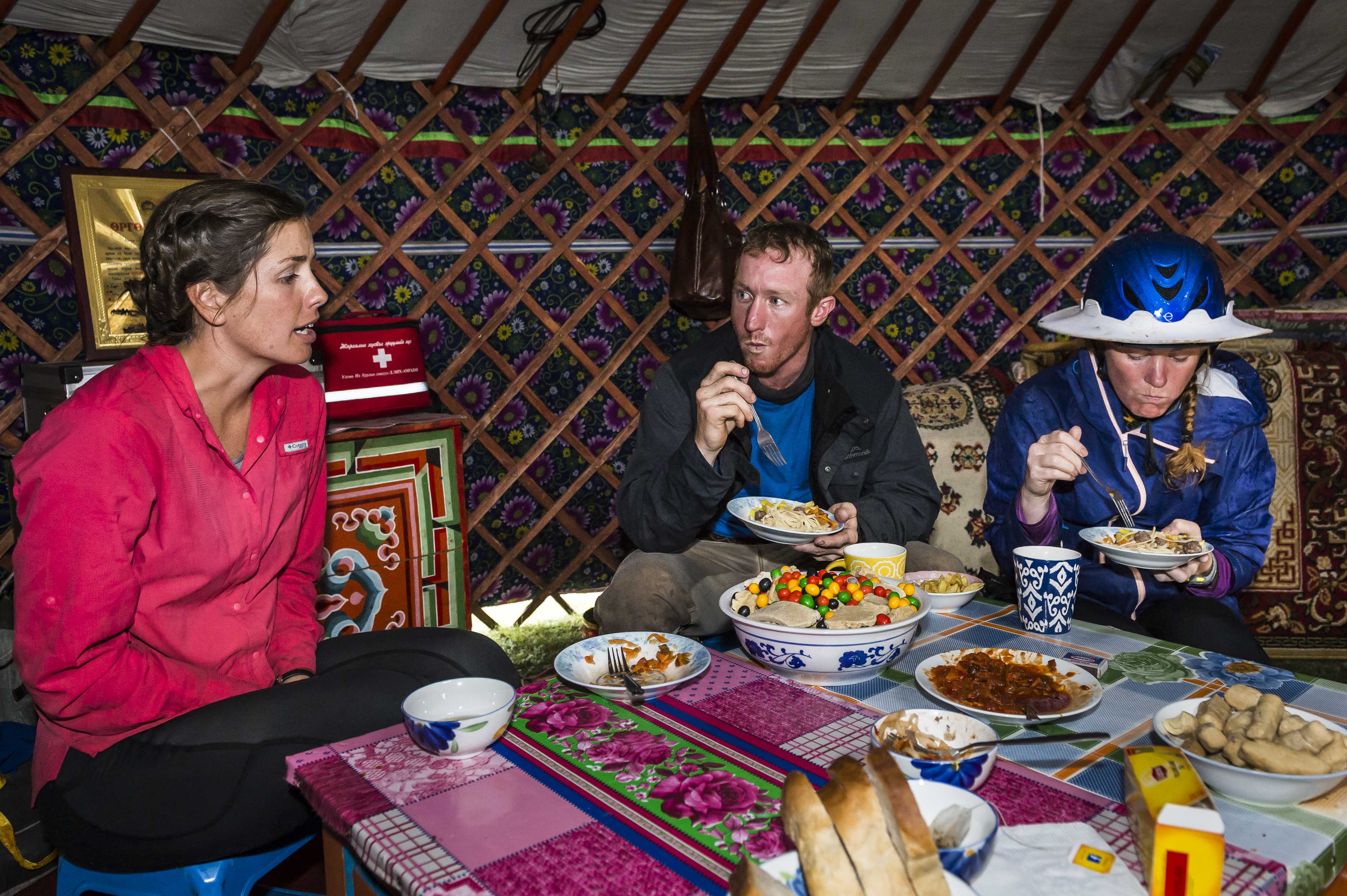
“Having a complete meal after your ride will replenish nutrients you lose and get you prepared for the next day,” Natalie said. This would be a protein mixed with carbohydrate and fat. During the race, Natalie said that my best bet will be to consume protein to recover faster and to recover optimally. “After you ride you will want a source of carbohydrate to replace any carbohydrates lost in the muscles because the muscles will store carbs, but you want to restore your muscle tissue as well to promote recovery so that you’re not as sore,” she explained.
Aaron agreed. “Your muscles will be engaged much of the time … You will need the protein to help your muscles recover overnight allowing you to remain strong the following day.”
Electrolytes are important to stay hydrated on long rides and avoid cramping. Natalie explained that if you’re just riding for one hour, plain water is fine. If you’re riding for longer than an hour, or it’s a really hot day, electrolytes are essential to replenish what you lose when sweating. Electrolytes lost in high concentrations through sweat include sodium and chloride, while electrolytes lost in low concentrations include potassium, magnesium and calcium.
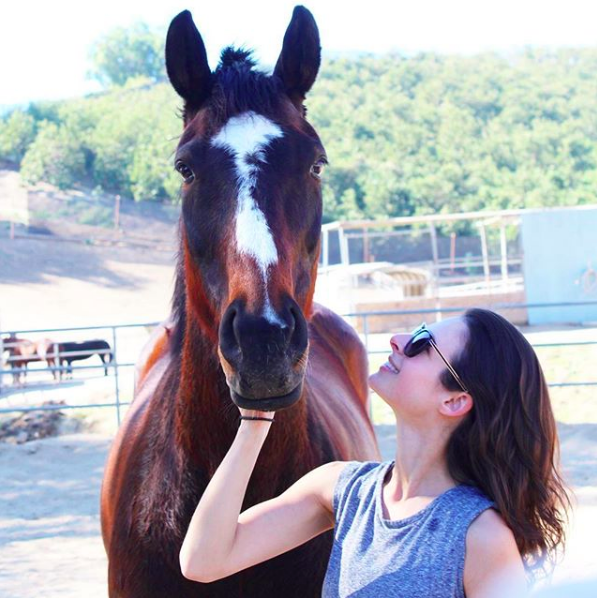
“Making your own electrolyte mix is a way to save weight as many contain loads of unnecessary sugar weighing it down,” Aaron added. “You can use table salt, salt substitute (potassium chloride) and flavor packets like True Lemon/Lime/Orange powder … Electrolyte tablets are another low-weight option.”
The first thing I had on my Mongolia packing list was Alpine Start or Starbucks instant coffee packets, so I hesitantly asked Natalie what she thought about using caffeine during the race. “I’m not an a huge fan of energy drinks or energy tabs where the caffeine is really concentrated,” Natalie said. “One of the reasons for that is your body is already going to be working really hard and your heart rate is likely to already be elevated when you’re on the horse. I wouldn’t want extra caffeine to make your heart work harder than it has to. But, if you get your caffeine from coffee or tea or something that’s less concentrated, I think that’s totally fine. Caffeine in the form of coffee and tea have been shown to improve performance when taken before physical activity, so that could give you a huge competitive edge. They make cold brew tea bags, so if there’s no time to boil water, that’s an option. You can dilute that into your water pack for a steady boost of caffeine. Stick to a green tea instead of black tea for a more steady release of energy as opposed to coffee, espresso or black tea.”

I’ve come to the realization that to make it through the Mongol Derby, I will need to eat the local food for energy and recovery, and if that means animal fat, so be it. It’ll allow me to fully experience the Mongolian culture. While I’ll do my best to supplement with nut butters and protein powder, I’m just happy that I’ll have room in my pack for my instant cup of joe.
Follow Natalie on Instagram at @Gavi.Equestrian and watch for her new meal plan for equestrians that will be available on her website, www.gavinutrition.com, beginning in September.
Keep up with Aaron’s adventures, including her current one—hiking the Oregon Coast Trail and Tahoe Rim on Instagram at @TheBackCountryFoodie and check out her book, Ultralight Recipes for Outdoor Explorers, which I can’t wait to try out on my next outdoor adventure that has less stringent parameters than the Derby.
Practical Horseman Associate Editor Jocelyn Pierce is competing in the Mongol Derby, a 600-mile expedition considered the longest and toughest horse race in the world, Aug. 8-27. Here’s how to follow the action, sponsored by Mane ‘n Tail and SmartPak:
• Visit Practical Horseman for daily race recaps and Jocelyn updates from 2017 Derby finisher Leslie Wylie
• Follow Jocelyn’s progress live via her GPS tracker, read official reports via the Derby website, and follow @mongolderbylive on Twitter
• Tune in for Derby Dot Watch Party podcasts presented by Horse Radio Network in partnership with Practical Horseman, broadcast live nightly at 8 p.m. EST







